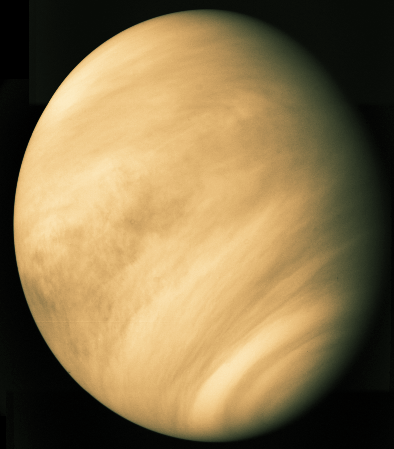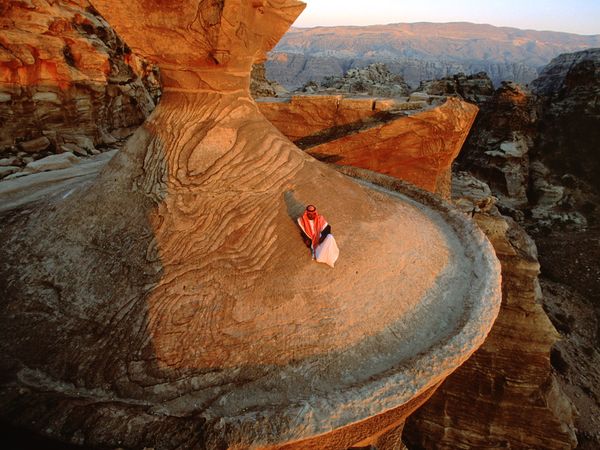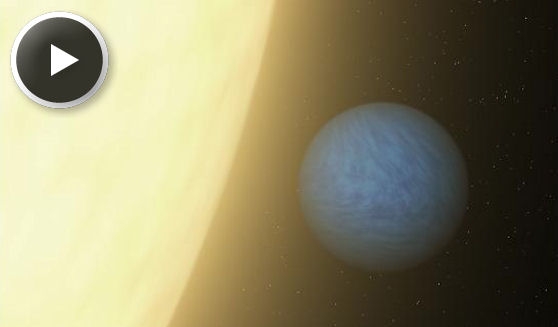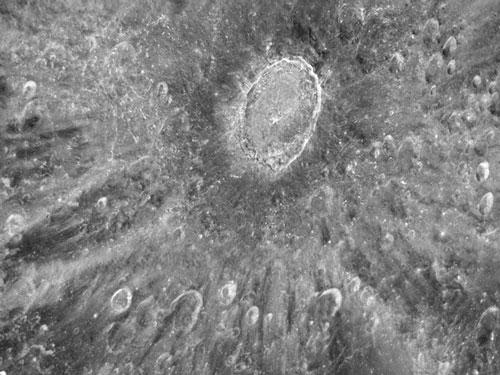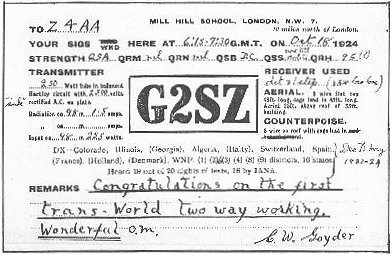On 15th June, 2012, a unique celestial event will take place, never to be repeated in our lifetimes.
The planet Venus will align itself perfectly between the Earth and the Sun. This rare alignment will allow Venus to be visible as it passes directly across the face of the Sun in an event that astronomers call a transit.
The 2012 Transit of Venus will last nearly 7 hours, and it will provide an extraordinary viewing event for observers around the world. Venus is 47 degrees from the Sun at its greatest elongation and is much easier to see than Mercury. Its closer to Earth and reflects more Sunlight as it is covered in Cloud and has a radius of 6050Kms.
Its often referred to as the Morning Star or Evening Star. Look to the Western Skies right after Sunset for the best views.

